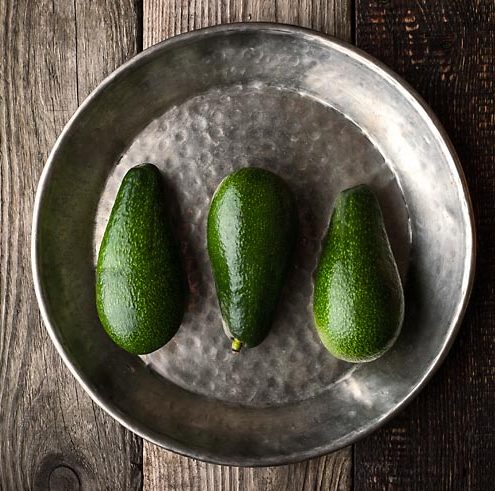Lettuce is a delicious and crunchy vegetable that is an ingredient in many dishes. Fresh contains many vitamins and minerals. What do you know about Lettuces?

- In total, the genus includes about 150 species, the most common of which is “Lettuce” or “Sowing lettuce” (leaf and head lettuce). It is cultivated commercially and sold all over the world. Other species are considered weeds.
- The French were the first to add lettuce to salads. That is why the word “salad” was added to the name of the vegetable.
- These greens can be grown in any season. She is unpretentious and feels great in the fresh air, in a greenhouse or greenhouse.
- Sowing lettuce leaves were first consumed by the inhabitants of Ancient Rome, Ancient Egypt, Ancient Greece.
- Wild lettuce is a poisonous plant.
- Once upon a time, people grew sowing lettuce to make oil from its seeds.
- Lettuce is consumed as a source of nutrients. For culinary purposes, leaves, a thickened stem, and ahead of vegetables are used. Heads of cabbage and leaves are edible fresh until the plant forms a stem (then they acquire a bitter taste).
- The juice is prepared from the leaves of sowing lettuce, which is taken for gastrointestinal ailments, hypertension, atherosclerosis, tuberculosis, to increase appetite, remove excess fluid from the body, and combat constipation. For its preparation, they take not light, but dark leaves, since they contain a lot of chlorophyll.
- The plant is used to strengthen hair, improve skin health.
- Nutritionists recommend using sowing salad for those who dream of losing weight, as it is a low-calorie product rich in nutrients. It is useful to eat this plant for children and the elderly. It is advisable to eat dishes from it in the postoperative period and to recuperate after serious illnesses.
- Output. Lettuce leaves are crispy and tasty. They are added to various dishes around the world. The plant is a source of vitamins and microelements, which makes it an irreplaceable product for making medicinal infusions and juices.









